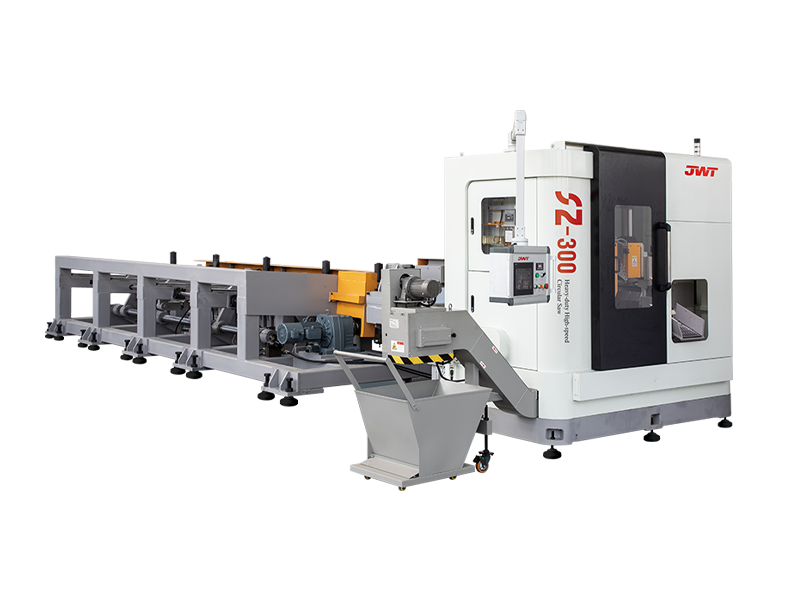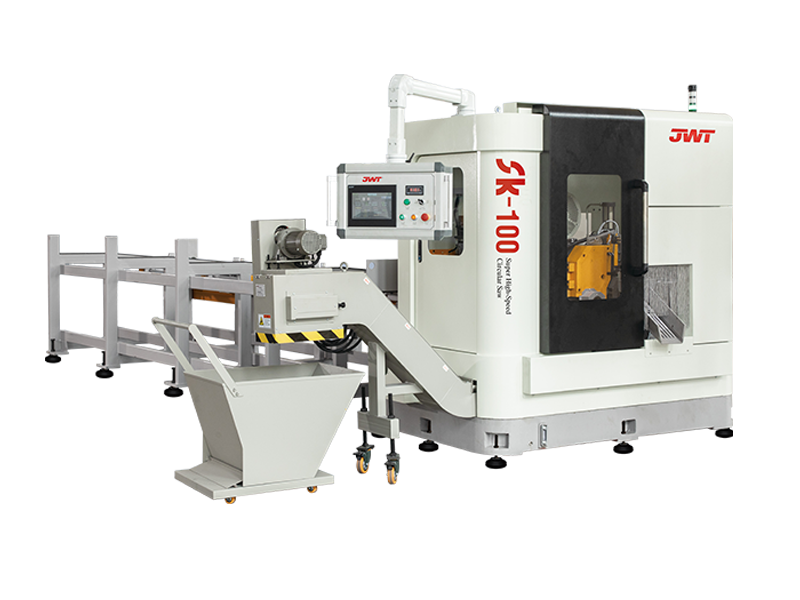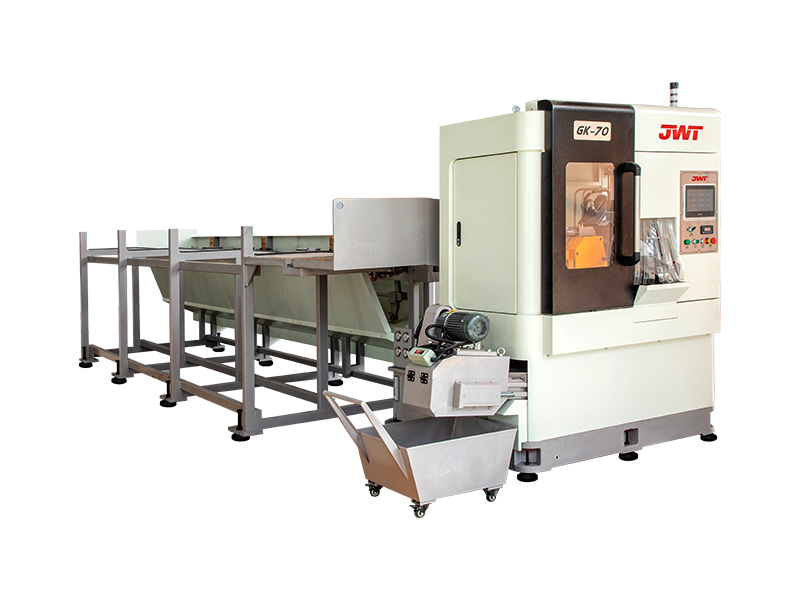How to choose the right metal saw machine?
Understanding Your Needs
Before diving into machine specifications, take a moment to assess your operational requirements:
-
Type of Metal: Are you primarily cutting ferrous metals (steel, iron) or non-ferrous metals (aluminum, copper, brass)? Different metals require different blade types and cutting speeds.
-
Material Dimensions: What are the typical sizes and shapes of the workpieces you'll be cutting? Consider the maximum diameter for round stock, and the maximum height and width for rectangular or square stock.
-
Cutting Volume: How many cuts will you be making per day or week? For high-volume production, you'll need a more robust and automated machine. For occasional use, a smaller, more manual machine might suffice.
-
Accuracy Requirements: What level of precision do your applications demand? Some projects require extremely tight tolerances, while others are less stringent.
-
Budget: Establish a realistic budget for your purchase, including not only the machine cost but also ongoing expenses like blades, maintenance, and power consumption.
-
Space Availability: How much floor space do you have in your workshop or facility? Some machines are quite large and require significant clearance.
Types of Metal Saw Machines
There are several primary types of metal saw machines, each with its own advantages and ideal applications:
1. Band Saws
Band saws are versatile machines that use a continuous metal band with teeth to cut material. They are excellent for cutting various shapes and sizes, and can handle both straight and contoured cuts.
-
Horizontal Band Saws: Best for cutting long stock into shorter lengths. They often feature hydraulic or gravity-fed cutting. Ideal for production cutting of bars, pipes, and structural steel.
-
Vertical Band Saws: Used for intricate cuts, contouring, and internal cuts. They are common in fabrication shops and tool rooms for their precision in shaping metal. Some models can also be used for resawing and splitting.
Key Considerations for Band Saws:
-
Blade Speed Control: Variable speed is crucial for cutting different metals effectively.
-
Cutting Capacity: Ensure the throat and vise capacity match your material dimensions.
-
Coolant System: Essential for dissipating heat, extending blade life, and producing cleaner cuts.
-
Material Clamping: A robust vise system is necessary for secure workholding.
2. Cold Saws (Circular Saws)
Cold saws use a large, circular, toothed blade that rotates at a relatively slow speed, cutting metal without generating significant heat. They produce very clean, burr-free cuts with minimal material deformation.
-
Manual Cold Saws: Operator-fed and suitable for lower volume work or specific cuts requiring high precision.
-
Semi-Automatic/Automatic Cold Saws: Feature automated clamping and feeding, ideal for higher production environments.
Key Considerations for Cold Saws:
-
Blade Diameter and Type: Matched to the material and desired cut quality.
-
Gearbox and Motor Power: Influences cutting efficiency and durability.
-
Clamping System: Robust double-clamping vises are common for secure material holding.
-
Chip Collection: An integrated chip collection system helps maintain a clean workspace.
3. Abrasive Saws (Chop Saws)
Abrasive saws, often called chop saws, use a thin, abrasive disc to cut through metal by grinding. They are fast and relatively inexpensive but produce a lot of heat, sparks, and can create a rougher cut with burrs.
Key Considerations for Abrasive Saws:
-
Motor Power: Higher power allows for faster cutting and handles thicker materials better.
-
Blade Size: Determines the cutting capacity.
-
Safety Features: Blade guards and stable bases are crucial due to the nature of abrasive cutting.
-
Ventilation: Good ventilation is essential due to the dust and fumes produced.
Important Features and Specifications
Once you've narrowed down the type of saw, consider these features:
-
Motor Power (HP or kW): A more powerful motor allows for faster cutting and the ability to handle tougher materials and larger stock.
-
Cutting Capacity: Refers to the maximum dimensions (round, square, rectangular) the machine can cut. Always err on the side of slightly larger capacity if you anticipate future needs.
-
Blade Speed: Variable speed control is highly desirable, as different materials and blade types require specific speeds for optimal cutting and blade life.
-
Coolant System: Essential for most metal cutting operations. A good coolant system reduces heat, lubricates the blade, washes away chips, and prolongs blade life.
-
Vise/Clamping System: A robust and accurate clamping system is critical for secure workholding, preventing movement during the cut, and ensuring precision.
-
Automatic Feeding/Clamping (for production machines): For high-volume work, automated material feeding and clamping significantly boost productivity.
-
Safety Features: Look for features like emergency stops, blade guards, overload protection, and interlocks.
-
Construction Quality: Heavy-duty construction, cast iron components, and robust frames indicate durability and stability.
-
Accuracy and Repeatability: Important for precision work, especially in manufacturing environments.
-
Blade Replacement and Tensioning: Easy blade changes and proper tensioning mechanisms are crucial for efficient operation and blade longevity.
Conclusion
Choosing the right metal saw machine is an investment that impacts your shop's productivity, cut quality, and overall efficiency. By thoroughly evaluating your specific needs, understanding the different types of saws available, and considering key features and specifications, you can make an informed decision that will serve your metalworking operations well for years to come.



 中文简体
中文简体 русский
русский







